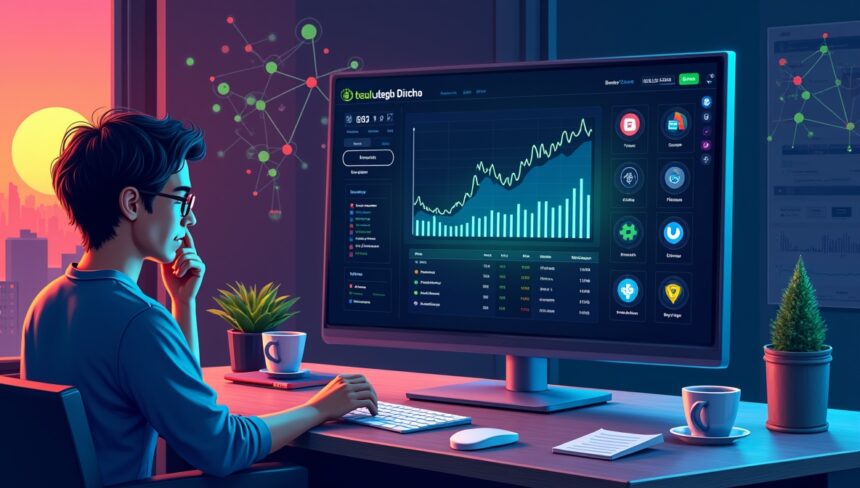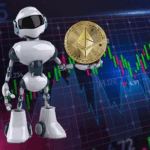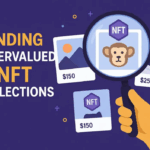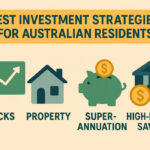In this article, I will discuss the How to Track Floor Price Across Blockchains across different blockchains.
Tracking and analyzing floor prices from different NFT blockchains assists a collector or a trader in making more informed moves.
With the right approaches and tools, you can remain informed about price alterations, identify trends, and capitalize on opportunities in different NFT markets.
What is NFT Floor Price?
The floor price of an NFT is the minimum amount of a non-fungible token from a certain collection that is listed for sale on a marketplace. It is the price that one pays, to own a certain NFT collection and serves as a crucial benchmark for any market player.
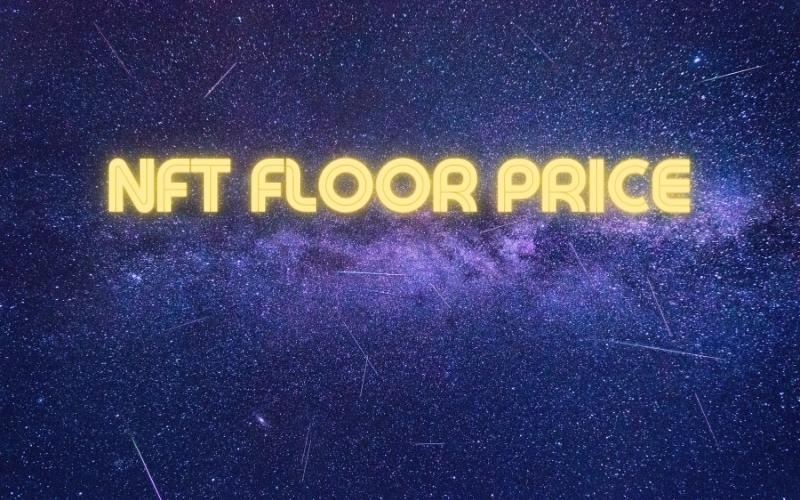
The floor prices are dynamic and change frequently due to contesting factors like demand and supply, market sentiment, rarity of the NFT, and so on. Knowing the NFT floor price is helpful to buyers in identifying the best moments to purchase and also to the sellers in competitively valuing their offerings, more so when the trusted value is being used as a reference across several blockchains for the purpose of investment.
How to Track Floor Price Across Blockchains
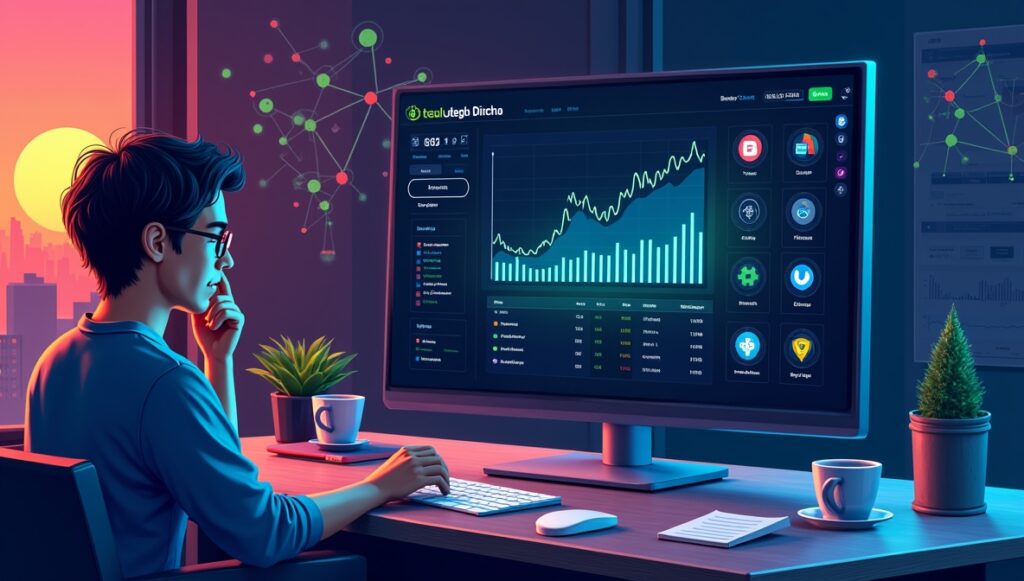
Example: Tracking Floor Prices Across Ethereum, Solana & Polygon Using GoldRush API
Step 1: Get Access to GoldRush
- Go to GoldRush and apply for an API key.
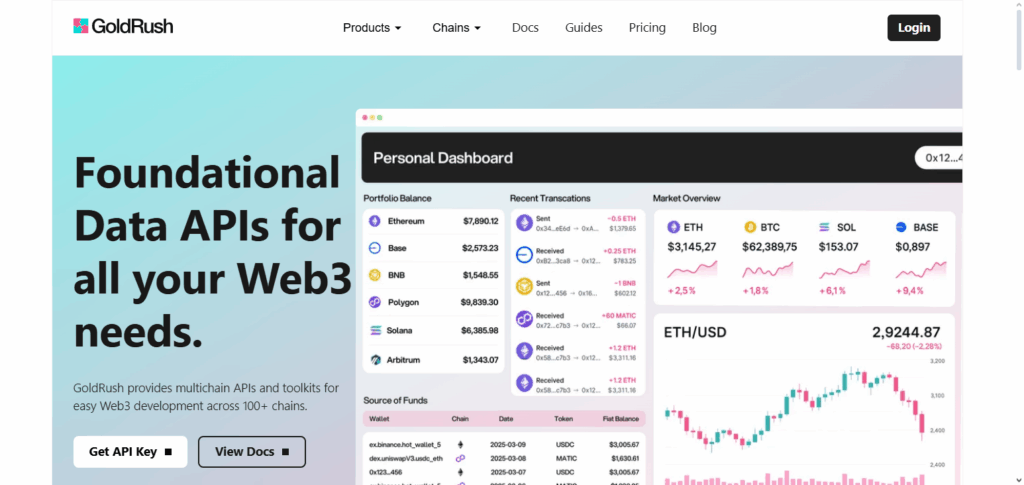
pp;p;;/
- GoldRush provides cross-chain NFT analytics using a unified schema.
Step 2: Choose Your Collections
- Select the NFT collections you wish to track:
- Ethereum: Bored Ape Yacht Club
- Solana: DeGods
- Polygon: Lens Protocol Avatars
Step 3:pp Use the API to Fetch Floor Prices
- Use the endpoint getNftMarketFloorPrice() for each collection.
- Indicate:
- Blockchain (e.g. Ethereum, Solana, Polygon)
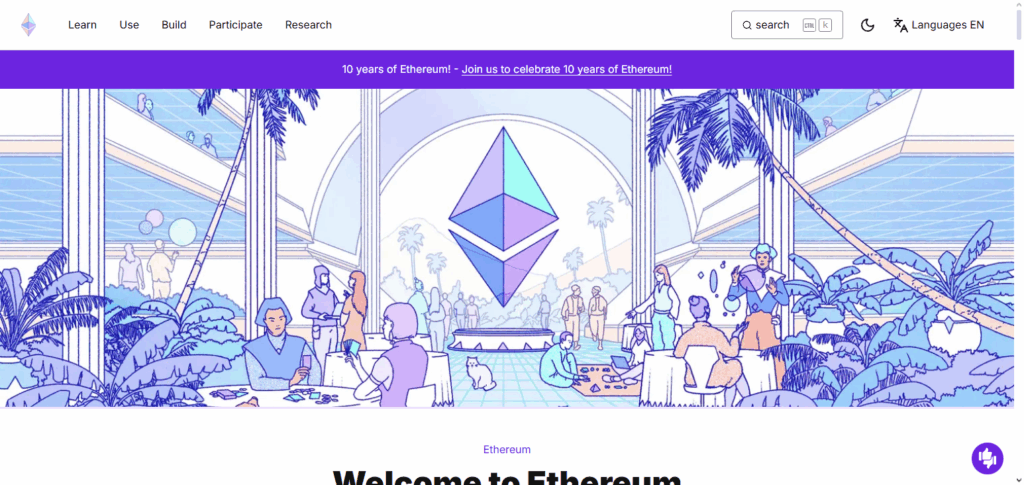
- Timeframe (e.g. last 30 days)
- Quote currency (e.g. USD)
Step 4: Visualize the Data
- Create a time-series chart with floor price data.
- Analyze volatility, growth, and dips across chains.
Step 5: Set Alerts or Automate
- Track automatically with GoldRush’s TypeScript SDK.
- Create price drop or spike alerts to aid trading decisions.
Best Tools to Track Floor Prices Across Blockchains
DappRadar
DappRadar is one of the best tools to track floor prices across blockchains as it compiles real time NFT information from different chains to a single, simple interface. Its distinct advantage is integrating floor price tracking with periodic on-chain activity, giving users both price and market activity context.
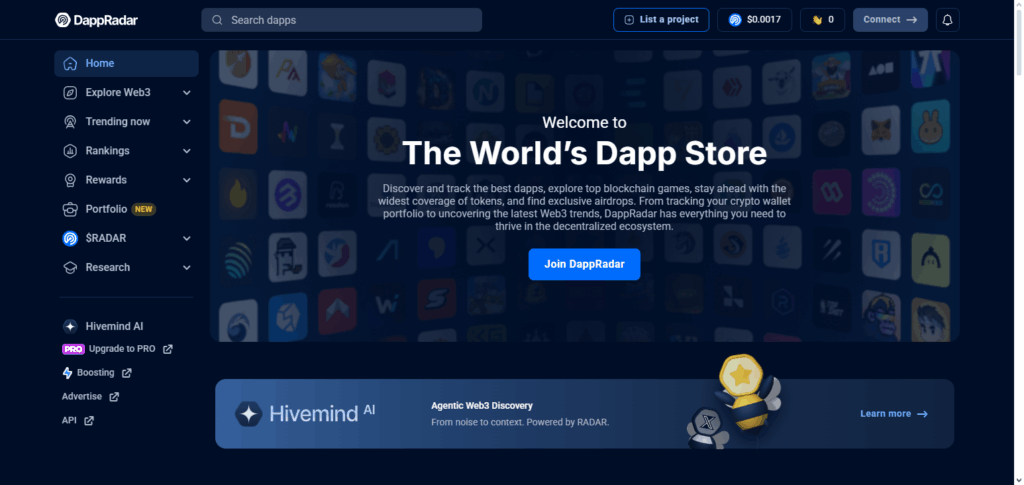
]By providing cross-chain analysis together with rarity evaluation and collection monitoring, DappRadar streamlines information access for traders and collectors, eliminating the need to switch platforms, saving time and providing reliable, cross-chain comparisons.
Zapper
Zapper stands out as one of the best options for monitoring floor prices of assets from different blockchains as it integrates NFT valuation with DeFi portfolio management. Zapper’s best feature is seeing floor prices in relation to the user’s portfolio of crypto assets—providing a holistic view of the user’s finances.

With Zapper’s cross-chain support, users can track NFTs from different blockchains in a single tool, enhancing usability. Such integration of floor price analytics with asset tracking makes Zapper perfect for investors who want deep market intelligence alongside efficient portfolio management.
NFTGo
NFTGo is without a doubt one of the best tools to monitor floor prices across blockchains because of its extensive market knowledge and real-time cross-chain NFT data. Its unique advantage is offering a “smart money” tracker that shows top trader activity in relation to top and bottom floor price movements, facilitating trend recognition.
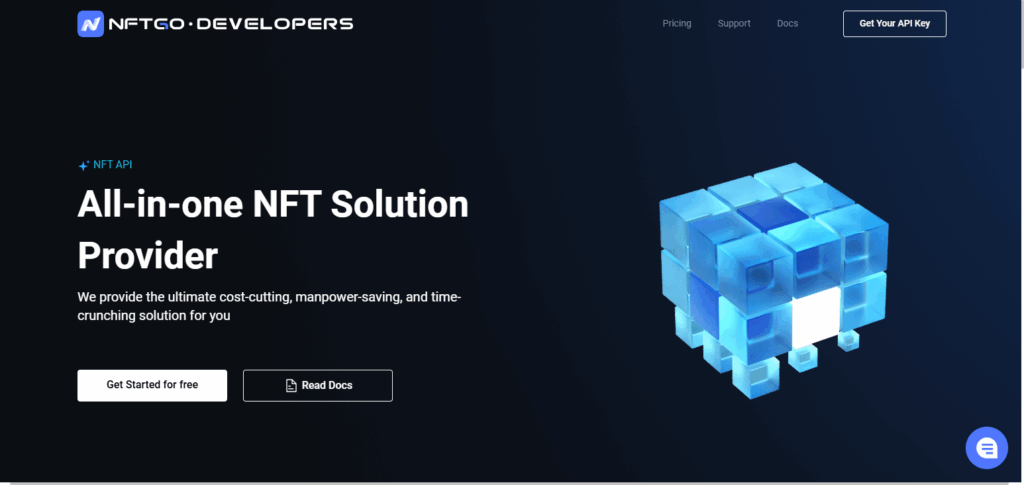
NFTGo analytics computes liquidity, the distribution of holders, and even thin floor prices in relation to rarity to enable accurate decision making. NFTGo’s edge in serious NFT investments and collection stems from its unmatched cross-chain coverage and the accuracy of its multi-chain market depth.
Why Multi-Blockchain Tracking Matters
Wider Market Reach – Tracking different blockchains eliminates the risk of overlooking unique NFT projects, ensuring that no profitable opportunities are missed.
Price Differences – NFT floor prices on different chains are subjected to trading, demand, and liquidity, making the same NFT priced differently on additional chains.
Trend Detection – Projects that are not popular yet, but have the capability to explode soon, can be detected with the help of monitoring different blockchains.
Investment Risk – Investments made on different chains are shielded from network-specific risks such as congestion, making the network safer.
Beacon of Competition – More valuable and relevant data on the NFT market lies in other blockchains, and pulling in insights from other blockchains about NFTs can greatly improve trading strategies.
Tips for Accurate Floor Price Monitoring
Utilize Several Data Sources
Validate floor price indicators from various analytics systems.
Observe Trading Activity
Notice trading activity when there is high demand to ensure low demand volatility during high price trading.
Receive Notifications for Set Triggers
Use software that sends alerts for crucial price adjustments across blockchains.
Confirm Seller’s Identity
Avoid misleading price indicators by confirming that sellers of floor listings are genuine.
Identify Seasonal Cycles
Check for repetitive market behavior and positions based on previously noted floor price trends.
Common Mistakes to Avoid
Ignoring Multiple Sources of Information – Missing out on other sources of research may misrepresent the correct floor price.
Disregarding Differences Across Blockchains – Not considering the differences in market activity across chains can lead to flawed insights.
Not Considering Market Activity – A low floor price without sufficient market participants contradicts value expectations.
Focusing on Price Increases – Entering the market during vertical price movements can sometimes lead to the illusion of value due to subsequent price adjustments.
Ignoring Basic Facts About the Project – Concentrating on the floor price alone may lead to overlooking vital information, like the rest of the collection’s attributes, the community, and the project’s purpose.
Conclusion
Monitoring the multi-chain ecosystem’s floor prices in real time is critical to making strategic NFT investment choices. With the help of strong tools such as DappRadar, Zapper, and NFTGo, users can track different networks in real time, analyze trends, and identify new opportunities seamlessly.
Avoiding mistimed trades and project fundamental miscalculations can further minimize losses. In the long run, real-time multi-blockchain floor price tracking enhances the traders and collectors’ return on investment and improves their strategic decision making.
FAQ
What is floor price in NFTs?
The floor price is the lowest listed price for an NFT within a collection, representing the minimum entry cost for buyers.
Why should I track floor prices across multiple blockchains?
Different blockchains host unique NFT markets, and prices can vary widely. Tracking multiple chains helps identify the best opportunities and avoid missing out.
Which tools are best for tracking floor prices across blockchains?
Popular tools include DappRadar, Zapper, and NFTGo, as they provide real-time, multi-chain NFT price analytics.


